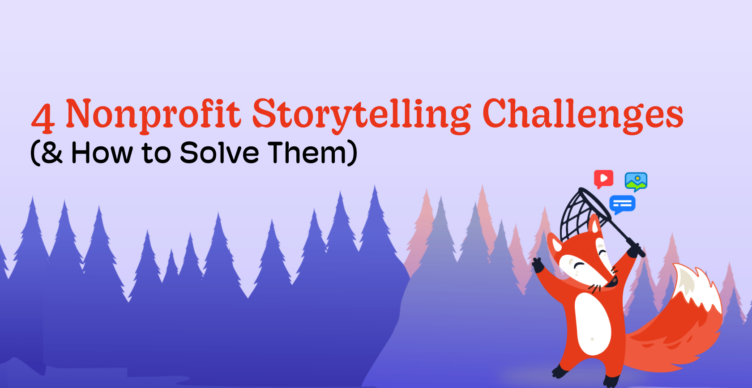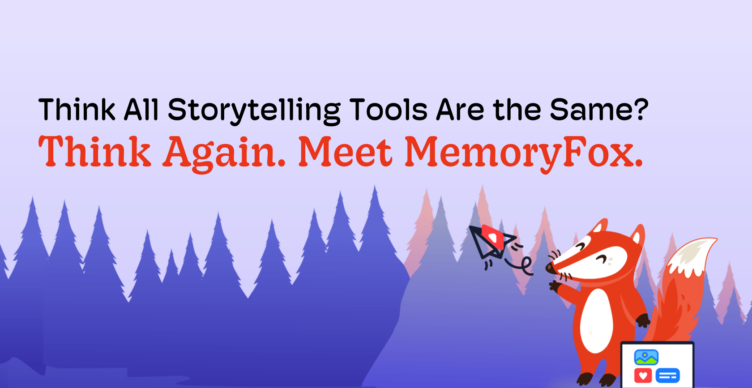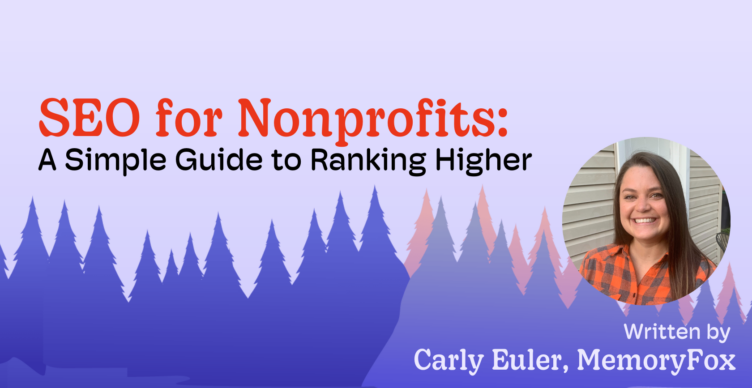Fundraising Tips, Storytelling Strategy
3 Days, 3 Takeaways: The Nonprofit Storytelling Conference
Bring together 800 storytellers under a single roof and one thing is without question – you’re bound to hear a cornucopia of stories enthusiastically exchanged. That’s exactly what happened this month at the Nonprofit Storytelling Conference in San Diego.
Executive directors, marketing managers, social media leads, development professionals, and donor engagement coordinators gathered on “Storyteller Island” for three days of learning and camaraderie. The ballroom and hotel hallways overflowed with storytelling energy.
It wasn’t just the latest trends and best practices in nonprofit stewardship these leaders came hungry for, though that was a large part of it. They too sought the comfort that comes when you’re surrounded by your “tribe”. In this case, fellow comrades who understand the unique demands on those of us tasked with communicating our nonprofit’s impact.
And so, as name badges were distributed and welcome gatherings officially kicked the event into full swing, the stories began to flow.
They started out as simple introductions, backgrounds, and tales of travels to sunny Southern California. And morphed into the real, gritty challenges these nonprofit professionals and their organizations continue to face, paired with some of their successes and triumphant moments from 2023.
While these stories circulated, I ducked in and out of a few sessions and found myself chewing on 3 conference takeaways:
- All nonprofits are in the memory business
To connect with donors, we need to become part of the donor’s memory, and a part of their past. Emotional experiences fuel memories, and those experiences are what build associations. Storytelling is the ultimate memory enhancer.
Many of us are familiar with the statistic that stories are 22x more likely to be remembered than facts alone.
Cherian Koshy illustrated this idea in his session “The Magic of Memory: Crafting Unforgettable Moments for Donors”. And he even threw in a couple magic tricks, too!
- Emotions are for fundraising what molecules are for medicine
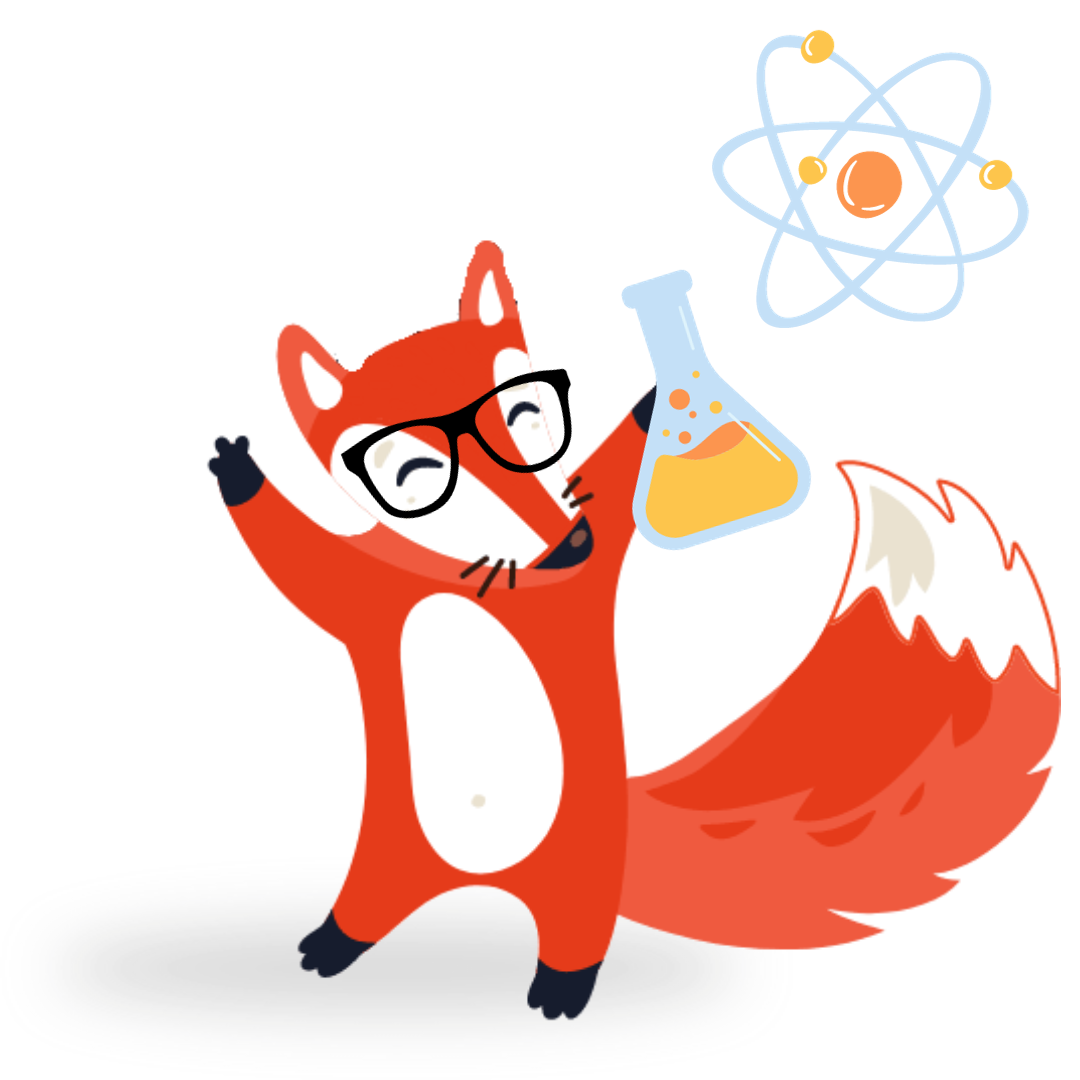
Stories aren’t just the words on paper; they’re how we make people feel. And emotion is the primary driver of action. Here’s how it breaks down.
Dopamine and oxytocin in combination are the ultimate recipe for action. Dopamine is that good feeling we chase, the anticipation of a reward. It’s released when there’s a proper structure to a story, when we make our audience anticipate. The deal sealer is oxytocin, the love hormone that’s released in our brain. It makes us feel care, connection, and empathy. Studies show that when both cortisol and oxytocin are released, someone is more likely to donate money. AND the amount of oxytocin released is a predictor of how much money people donate to charity. We can change behavior by changing brain chemistry.
This research was performed by Dr. Paul Zak, and some of his key findings were presented in the session “Emotions, Emotions, Everywhere!” (in conjunction with Francesco Ambrogetti).
- The only evidence-based practice to break down stigma is storytelling
Tania Bhattacharyya slipped in this nugget during her session “The LinkedIn Storytelling Secret to Connecting Your Mission With Your Community”.
According to data from the National Institutes of Health, nearly one in five Americans – 43.8 million people – live with mental illness. “Storytelling accomplishes more than most probably realize”, says Luna Greenstein – marketing and communications manager for the National Alliance on Mental Illness (NAMI). It helps people feel less alone, and it cultivates empathy and compassion. “Additionally, it’s a great form of education for the aspects of mental illness that are hardest to understand.”
When we recognize how critical a role storytelling plays in our ability to educate and foster connections, we can grasp just how crucial it is to our mission success. It’s a disservice to our work if we’re not showing up and talking about what we do.
By the end of three jam-packed Nonprofit Storytelling Conference days, attendees were swapping their favorite sessions and sharing the most thought-provoking nugget of knowledge they learned. And as they hugged goodbye and hopped on planes and trains, what weighed most on everyone’s minds was how to take all this newly acquired insight and immediately apply it to their own missions and year-end campaigns once they landed back home.
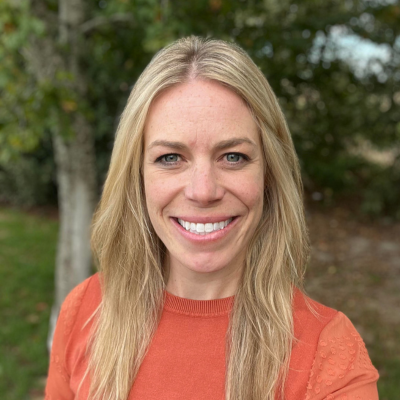
About the Author
Natalie Monroe
Community Engagement Manager, MemoryFox
Natalie landed in nonprofit with the military-to-agriculture movement, where she told the stories of veterans-turned-farmers feeding our country. Here she embraced content creation and the power of video messaging. When she’s not immersed in storytelling, you might find her volunteering with the local library friends in her community of Davis, California. Natalie would love to connect with you on LinkedIn!


